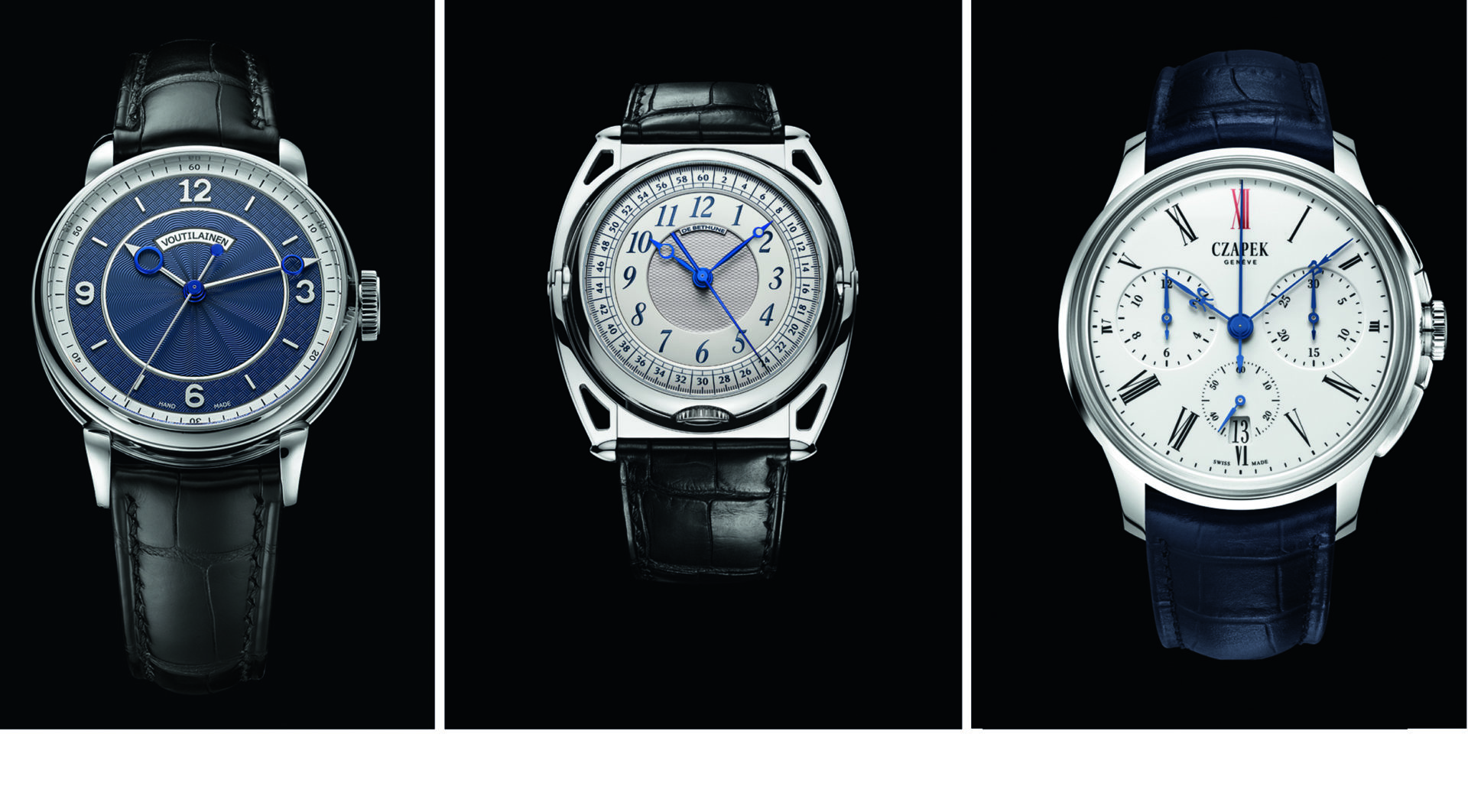Tired of mass-produced Swiss watches, collectors are increasingly turning to the independent sector to find watches that are rarer, more complex, handmade and exquisitely artistic. Rob Corder investigates how effective digital marketing and tiny production quantities are combining to help many independent watchmakers, and the retailers that sell them, achieve record sales.
You will not catch brands or retailers talking publicly about investment-grade timepieces, but you had better believe customers are keen to know that whether, when they blow $10,000 on a watch, it will be worth $7,500 or $15,000 the second they step outside the showroom.
Demand for steel professional watches from Rolex, Patek Philippe and Audemars Piguet has been fueled as much by WhatsApp groups (and WatchPro) reporting daily on over-retail prices on the secondary market as it is by the love of a hexagonal bezel or a Gerald Genta design.
The result of this hype has been too many people — and too many of them are professional flippers — chasing precisely the same watches and sending their prices into orbit while waiting lists lengthen to many years at authorized dealers.
There is only so much genuine watch lovers can take of this vicious cycle. Collectors and aficionados are typically high net worth individuals for whom time is money, and time on a waiting list is wasted. Besides, they often already have a Daytona and a Royal Oak in their cabinet and are ready for something different that will catch the eye of fellow enthusiasts at the golf club’s annual gala.
Independent watchmakers have always been an option for the man that wants to make more of a statement, but have struggled for decades because they are outgunned by the marketing of industrialized groups.
This in turn makes them unattractive to multibrand retailers that want banker brands with recognition to the average BMW driver rather than boutique marques that require months or years of selling to their customers.
Social media has dramatically changed the way independents can market themselves. It is cheap or even free; it is targeted, because Facebook and Instagram know everything about everybody on their platforms; and it opens up two-way conversations that can often be directly between a watchmaking principal and a valuable customer who wants a tweak or two to a watch he is buying.
The effect of covid has only supercharged the power of social media and digital marketing, because collectors have not been able to get their horological fix by browsing in stores or meeting their mates to compare watches so they have turned instead to the internet to indulge in their hobby.
“We maintain a very human contact with the top 20 retailers around the world and each of our customers, who are mainly connoisseurs and collectors of high-end watches,” says Pierre Jacques, CEO of De Bethune, which has made just 2,555 timepieces since its launch in 2002.
Last year it produced only 165 watches and this year Mr Jacques hopes to nudge this up to a heady 200.
Max Büsser, founder, owner and creative director at MB&F, agrees. “Social media and digital in general have been a strong channel for us and covid definitely accentuated that,” he says.
That led to what he describes as an amazing year in 2020, against all odds. “Our revenue dropped by 14% to CHF 15 million, but that was a direct consequence of having to close our workshop due to covid in March and April and we could not make up for the lost production of those two months,” Mr Büsser reveals.
MB&F is pulling off the same trick as F. P. Journe, which has managed supply so that it never meets demand. This leads to waiting lists, hikes in prices on the secondary market and at auctions, and ultimately more demand for the 800 to 1,000 pieces it makes per year.
“Sell-out of 255 pieces was one of our highest ever, significantly higher than sell-in of 214 pieces [in 2020], meaning that our 25 retail partners’ stocks are very low. The orders we’ve taken for 2021 and 2022 make us very optimistic,” Mr Büsser reveals.
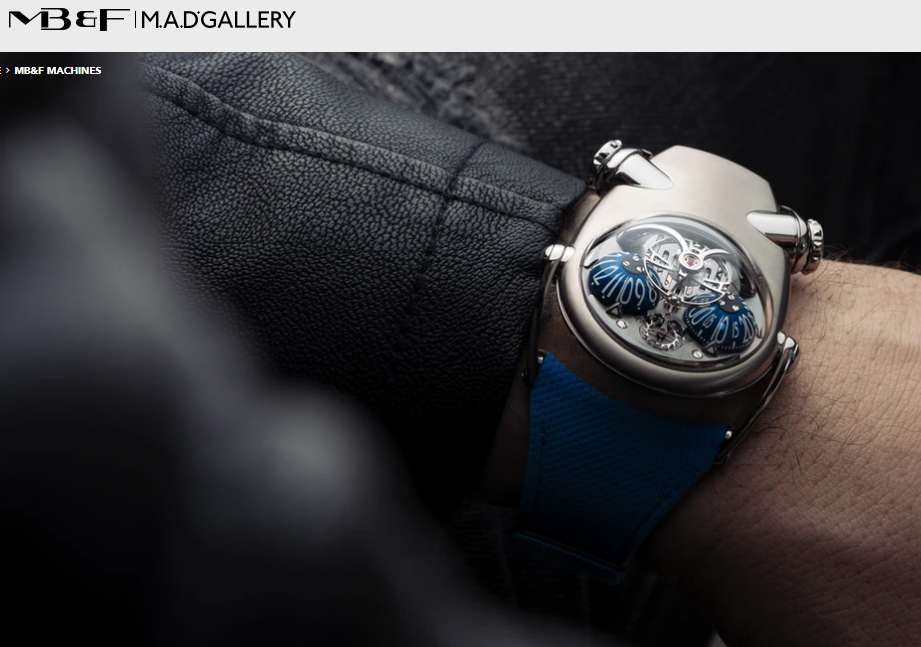
It is hard to picture Svend Anderson, co-founder of Anderson Geneve, as a keyboard warrior banging out 140 word tweets to his customers, but he recognizes the power of digital communication.
“Ecommerce is not a solution for us, but social media is gaining more and more interest from every party: current and future collectors, press and retailers. New online retailers are becoming very knowledgeable and professional, bravo!” he cries.
Covid put paid to Baselworld and Watches and Wonders Geneva in 2020, leaving independents with no major show at which to launch new product and meet business partners.
A few years ago, that would have been a catastrophe for artisan watchmakers that need to present their creations in person and benefited from proximity to giants like Cartier, Rolex and Patek Philippe, but the world had moved on sufficiently by last year that the lock down almost became an advantage.
“In the past, events were the best way to connect with customers. Today, digitization and social media help us engage in very interesting discussions with our clients,” says Edouard Meylan, CEO of H. Moser & Cie.
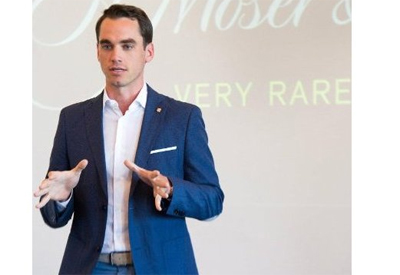
The business managed double-digit growth last year and digitization helped a lot, Mr Meylan tells WatchPro, but it also has its limits. “It is fine on a short term basis because our contacts know us and we have a lot of goodwill. But, on a long term perspective, we need to have real contacts with our customers and partners. People need to see and touch the products,” he asserts.
That was particularly true of Moser’s big launch of last year, the Streamliner, which steered the brand into the red hot steel sports watch market. Luckily, Mr Meylan was able to present the watch in person to retailers and press from a hotel suite in the Bulgari Hotel in Dubai last January.
It was a cunning move because LVMH had paid for all the delegates to be in Dubai for its Watch Week, and Moser managed to grab meetings with many of them.
“The Streamliner collection was an accelerator which allowed us to establish the brand in the most important market segment: watches with integrated bracelets. Today, the brands that stand out are brands that are strong in the integrated bracelet. A most remarkable fact is that our sales exploded in April, right during the lock down, when we registered a 12% increase in sell-in and 27% rise in sell-out,” Mr Meylan shares.

De Bethune is another business that once relied on the big Swiss exhibitions to drum up business, but is now looking to attend more intimate events.
“There was a time when 50% of our sales were made at the big fairs, but times have changed. It is time to focus on small events such as collectors’ dinners and small gatherings. It is not about quantity, it is about quality,” says Mr Jacques.
At the beginning of the pandemic, experts predicted that scores of independent watchmakers would go bust. In fairness to these soothsayers, they might have been talking about the difficulties that all brands would face outside the wealthy and well-capitalized groups, and not specifically the artisan independents that design and manufacture small numbers of watches from scratch. So far, thankfully, they have been wrong, and retailers have been reporting surprisingly strong sales.

Stephen Silver Fine Jewelry, a specialist in independent watch brands located in California’s Silicon Valley, says watchmakers that have produced the right number of units this year, and worked in harmony with retailers and their customers, have been flying. “Brands like MB&F, Urwerk and Ressence have been on fire this year. They understand that success is achieved together, which allows their artistic genius to flourish. It does not happen on its own,” suggests Jared Silver, president of the business that was founded by his father.
Success is also fueled by shortages even when they generate waiting lists. For the most passionate collectors, it is fine to wait a year for a rare or unique piece from an independent but unacceptable to languish forever in the hope that a Nautilus will appear.
“Investment is not a word I would choose to apply to watches, but I think astute collectors screen for limited or closed production watches as well as scarcity on the secondary market to find models with the best upside potential,” Mr Silver says.
He won’t give a direct answer on which brands provide that potential, but smiles as he notes: “In my personal collection I have added MB&F, Urwerk and Ressence pieces in the past few years and I have my eye on Rexhap Rehepi (a hyper niche watchmaker from the same stable as Akkrivia), Purnell, Grönefeld and Kari Voutilainen.”
Ask a retailer of independent watches to name one brand that is on the rise and get ready for 20 suggestions. This might because they are plugging the brands they sell, or watches in their own collection that they want to increase in value, or they simply have different tastes and experiences.
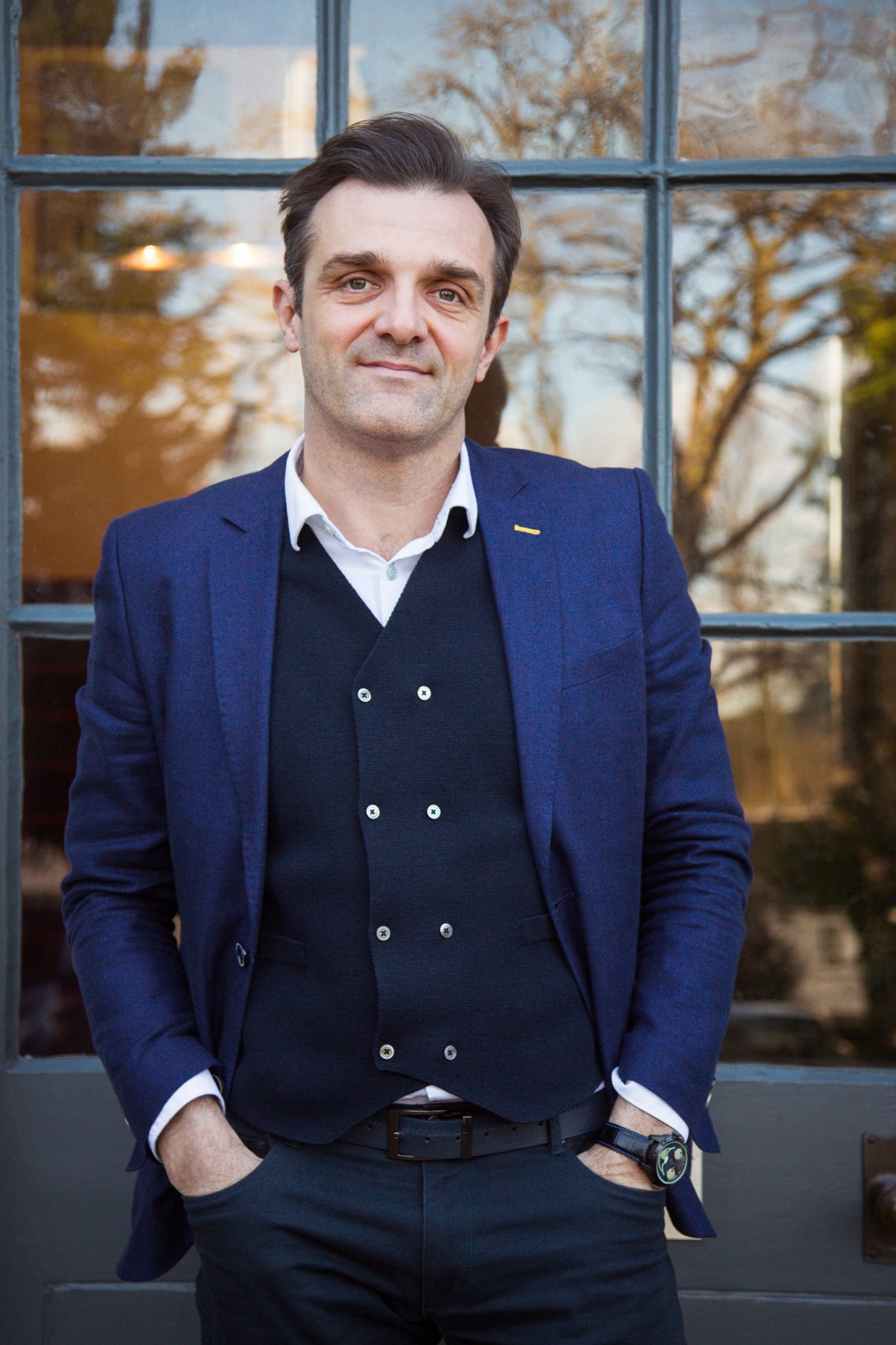
Pietro Tomajer, founder of The Limited Edition, a UK-based online-only retailer for almost 50 independent marques points to Czapek and Armin Strom as brands that have been on the rise recently. “Czapek Geneve has managed to feed part of that clientele’s appetite that was getting particularly upset with the incredibly long waiting times for classic sports chic timepieces. Czapek seized the opportunity by launching a model that looks fresh, original and with a newly developed in-house calibre that has really attracted collectors for the extraordinary value it offers,” he suggests.
“Similarly, Armin Strom has come up with an incredible in-house made timepiece, the Gravity Equal Force, at around £15,000 (around $16,500 excl. tax) that offers a micro rotor, a patented de-clutch spring, Kari Voutilainen’s dial and the highest haute horology decorating standards.”
The UK is a challenging market for indies and very few of them are represented by retailers with physical stores. It is a very different situation in America where the likes of Cellini in Manhattan, Manfredi in Greenwich, Connecticut, Govberg in Philadelphia, and Westime in LA have built enviable reputations for rare watches.
Although many of the watchmakers featured in this report have strong demand throughout the world, it has proved tough to make them work in the UK where the market is dominated by the big brands. “At The Limited Edition we sold virtually nothing for the first two years,” recalls Mr Tomajer. “But we continued to create content relentlessly until the moment we finally started to reach the right people. From that point on, we have tripled our sales in the past three years and currently serve over 1,000 collectors around the world.”
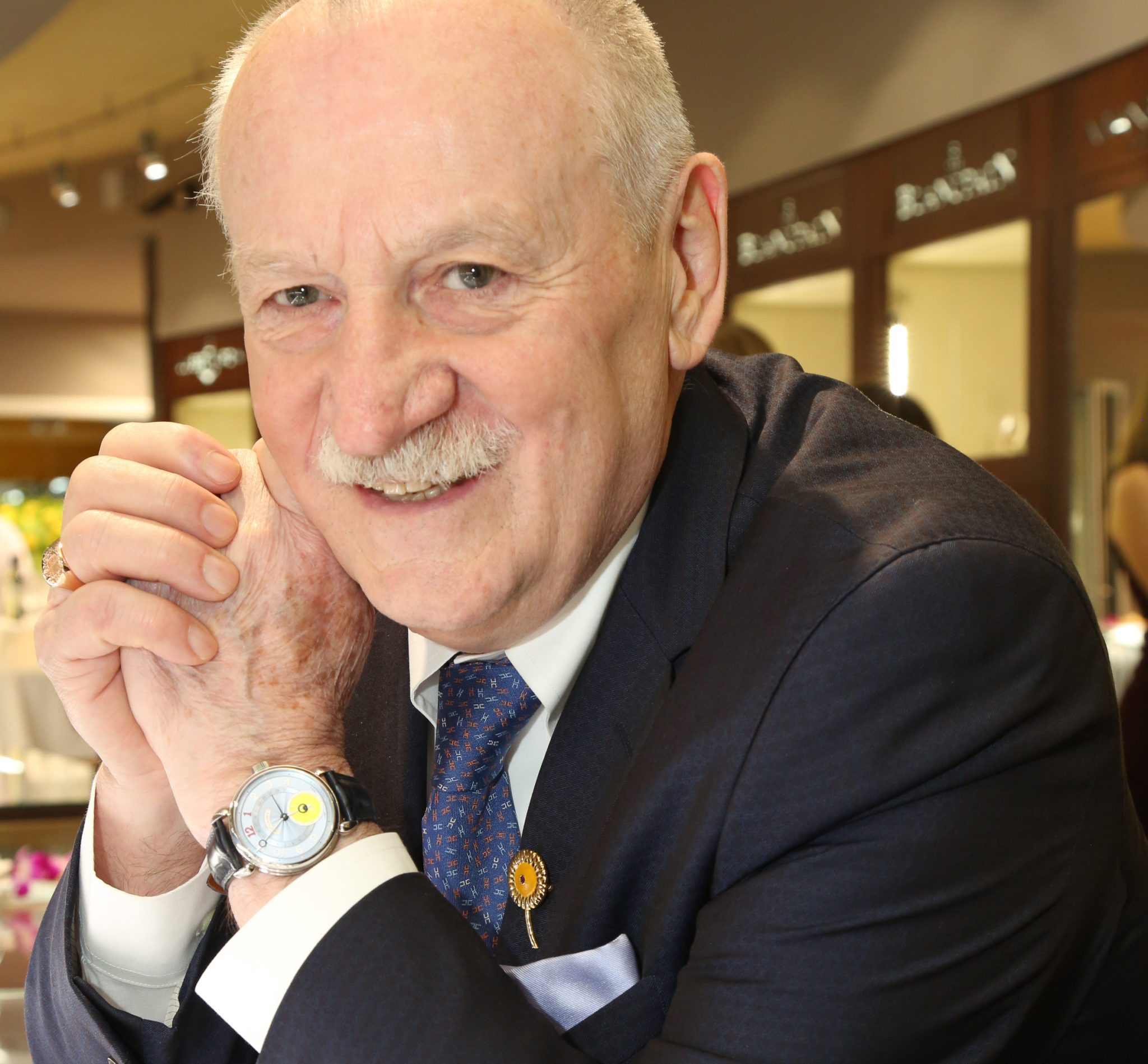
Roberto Chiappelloni, owner of Manfredi in Greenwich, CT, agrees that it takes time to establish a customer base for independent watchmakers, but with time, patience and experience the sales will come. “It is not an instant success. Just opening the doors and turning on the lights won’t do it,” he says. But he would unequivocally recommend working with independents because he has made so many close friends over the 33 years since he started his journey with indies with Franck Muller.
Today, Mr Chiappelloni’s contact book is like a who’s who and historical archive of the independent watch world. “Right from the start of my business I have sought out the most talented and promising young watchmakers. The first independent I wanted in my store was Franck Muller. I signed on with him right from the start. It was a huge success. Gerald Genta, a great talent. Daniel Roth, unfortunately only for a short time. Then came Michelle Parmigiani. I sold the first Parmigiani watch in the US. Vincent Calabrese. Francois Paul Journe. I remember the day I got the Journe dealership, I walked back to my hotel in the rain I did not even notice because I was so happy. Richard Mille, Grubel Forsey. From the beginning. As well as Urwerk, MB&F, Speak Marin, Ressence, Stepan Sarpaneva, Kari Voutilainen. Up to last year I was the only retailer in the US for Voutilainen. I was the first retailer to represent Laurent Ferrier in the US. The Grönefeld brothers, and Urban Jurgensen,” he lists.
London used to have its own equivalent of Manfredi in the form or Marcus, owned by Marcus Margules, but the Bond Street boutique closed a few years ago and Mr Margules now trades in the rarest of art and other collectibles from a £100 million townhouse in Mayfair.
The city also recently lost William & Son, an ultra-high-end department store with a watch department carrying brands like Laurent Ferrier, F. P. Journe, Moritz Grossmann, H. Moser & Cie, Romain Gauthier, De Bethune, Ferdinand Berthoud, and Ludovic Ballouard. William & Son called in the administrators in the summer of last year.
The void left by the loss of Marcus and William & Son might have be filled by Art in Time, a Monaco-based boutique, part owned by Chopard, that carries independents including Ferdinand Berthoud, Chopard, Greubel Forsey, H.Moser & Cie, L’Epée, MB&F, Ressence, Florian Schlumpf, and Urwerk. But the pandemic and changes to the way sales tax is charged in the UK put them off an opening that was planned for last year has been postponed indefinitely.

A Collected Man, a London-based business that buys and sells super-rare watches for ultra high net worth customers, has thrived by creating a global market for watches from the likes of Roger W Smith, F. P. Journe, Kari Voutilainen and Philippe Dufour.
Founder Silas Walton says business has almost doubled over the past 12 months to around $20 million, aided by the rocketing prices being commanded for the scarcest marques.
The A Collected Man website lists watches for sale and those that have sold. It shows a remarkable seven watches made by George Daniels and 12 by Roger W Smith, once-apprentice and now heir to Mr Daniels at his Isle of Mann workshop.
The challenge for a new entrant into the retail market for independents is that their recent success makes it hard for anybody to secure stock.
Manfredi and Cellini say they cannot keep watches from the likes of Kari Voutilainen and F. P. Journe in stock. Mr Chiappeloni told WatchPro recently he has not only pre-sold his 2021 allocation of Journes, but is already taking orders for arrivals in 2022.
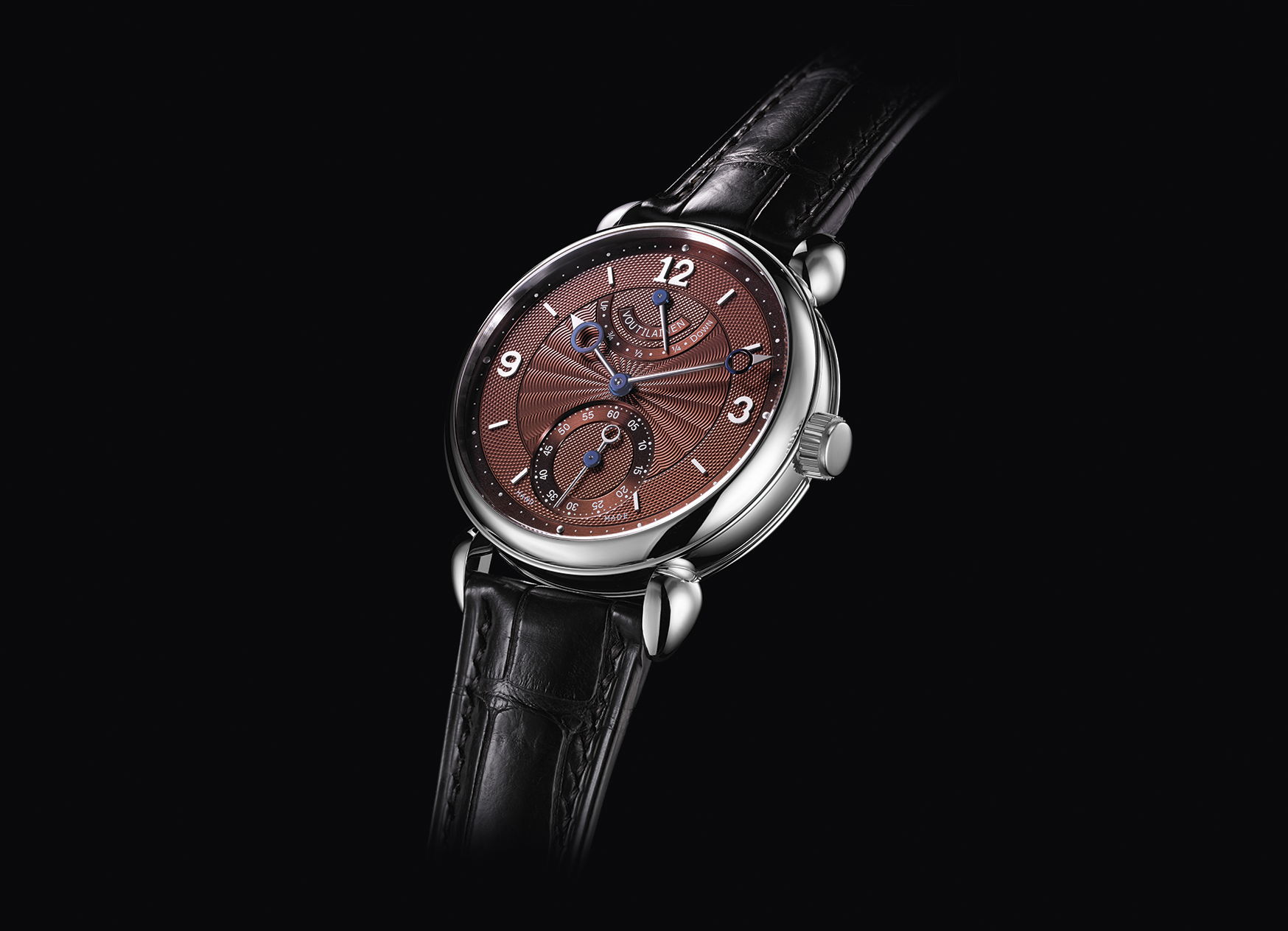
Kari Voutilainen modestly admits that “last year was a very good year for us”, without elaborating. He is often approached by retailers but has to turn them away. “I have been obliged to refuse as it would be irresponsible to accept new partners while we are completely fully booked,” he says.
Right now, Voutilainen is moving into a new larger workshop and preparing for its 20th anniversary in 2022, but there is no hint that the brand will increase its production.
Ultimately, the most successful low volume independent watchmakers may not need retail partners.
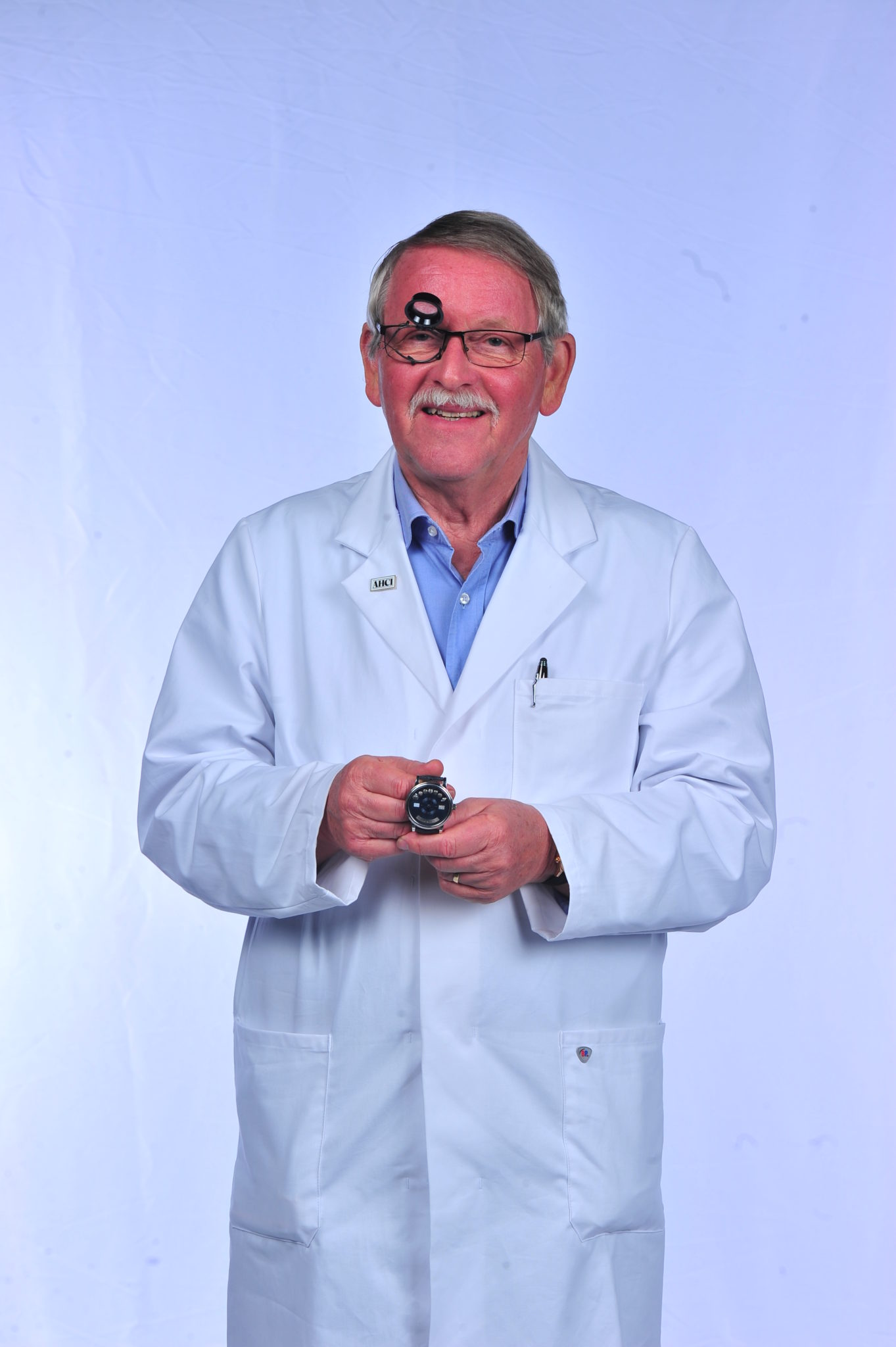
Andersen Geneve doesn’t have any representation in the UK, but Svend Andersen says he has been delivering watches to London collectors for many years. In fact, the watchmaker has only one retail partner in the world but that does not stop it finding customers for every piece it produces, even at the height of a global pandemic.
“2020 was a special and unexpected year but our turnover ended up better than 2019. Since we do not have any retailers (except one in Hong Kong) we did not have any grey market trouble. Collectors interested in our timepieces had to contact us directly,” Mr Andersen describes. “For 2021 we will keep celebrating,” he adds; a sentiment shared by many of the world’s greatest independent watchmakers.

